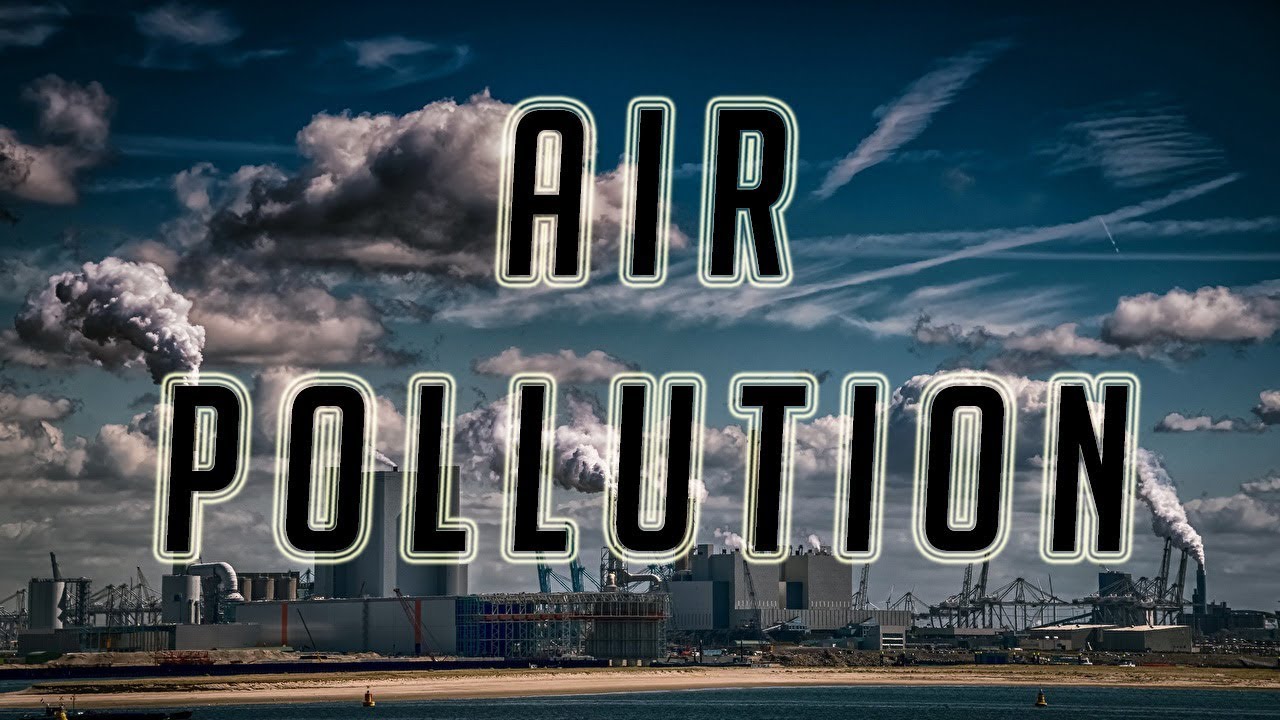Understanding Point Source Pollutants: Causes and Solutions

Understanding Point Source Pollutants: Causes and Solutions
Point source pollutants are a significant environmental concern, originating from identifiable sources like factories, power plants, and wastewater treatment facilities. These pollutants, including chemicals, heavy metals, and pathogens, directly enter water bodies, air, or soil, causing severe ecological and health impacts. Understanding their causes and implementing effective solutions is crucial for a sustainable future.
What Are Point Source Pollutants?

Point source pollutants are contaminants discharged from a single, identifiable source. Unlike non-point sources (e.g., runoff from agricultural fields), these pollutants are easier to monitor and regulate due to their localized nature. Common examples include industrial effluents, sewage discharges, and emissions from smokestacks.
Key Characteristics of Point Source Pollutants
- Identifiable Source: Originates from a specific location.
- High Concentration: Often released in large quantities.
- Regulated: Governed by environmental laws like the Clean Water Act or Clean Air Act.
Causes of Point Source Pollution

Point source pollution stems from human activities, particularly industrial and municipal processes. Below are the primary causes:
Industrial Activities
Factories and manufacturing plants release chemicals, heavy metals, and toxic substances into water and air. For instance, chemical plants often discharge untreated effluents, contaminating nearby rivers and lakes.
Municipal Wastewater Treatment
Sewage treatment plants may release untreated or partially treated wastewater, introducing pathogens and nutrients into water bodies, leading to issues like eutrophication.
Power Generation
Coal-fired power plants emit sulfur dioxide, nitrogen oxides, and particulate matter, contributing to air pollution and acid rain.
📌 Note: Proper enforcement of environmental regulations is essential to mitigate these causes.
Solutions to Combat Point Source Pollution

Addressing point source pollutants requires a combination of regulatory measures, technological advancements, and community involvement.
1. Stringent Regulations and Compliance
Governments must enforce laws like the Discharge Permit System to limit pollutant release. Regular inspections and penalties for non-compliance are vital.
2. Advanced Treatment Technologies
Industries should adopt technologies like activated sludge processes for wastewater treatment and scrubbers for air pollution control. These methods reduce pollutant levels before discharge.
3. Public Awareness and Participation
Educating communities about the impacts of pollution encourages responsible behavior. Reporting illegal discharges can also help authorities take timely action.
4. Sustainable Practices
Industries can adopt green manufacturing and circular economy principles to minimize waste generation and pollutant release.
Checklist for Reducing Point Source Pollution

- Audit Industrial Processes: Identify pollution hotspots and implement cleaner technologies.
- Monitor Discharges: Regularly test effluents and emissions for compliance.
- Invest in Infrastructure: Upgrade treatment facilities to handle pollutants effectively.
- Promote Transparency: Share pollution data with the public to build trust.
| Solution | Benefit |
|---|---|
| Regulatory Compliance | Reduces illegal discharges |
| Advanced Treatment | Improves pollutant removal efficiency |
| Public Awareness | Encourages community involvement |

Final Thoughts

Point source pollutants pose a significant threat to ecosystems and public health, but with targeted solutions, their impact can be minimized. By enforcing regulations, adopting advanced technologies, and fostering public awareness, we can create a cleaner and healthier environment for future generations.
What are examples of point source pollutants?
+Examples include industrial effluents, sewage discharges, and emissions from smokestacks.
How are point source pollutants regulated?
+They are regulated through laws like the Clean Water Act and Clean Air Act, requiring permits and compliance with discharge limits.
What technologies can reduce point source pollution?
+Technologies include activated sludge processes, scrubbers, and advanced filtration systems.
water pollution solutions,air pollution control,industrial waste management,environmental regulations,sustainable practices,point source pollution examples,pollution prevention technologies



